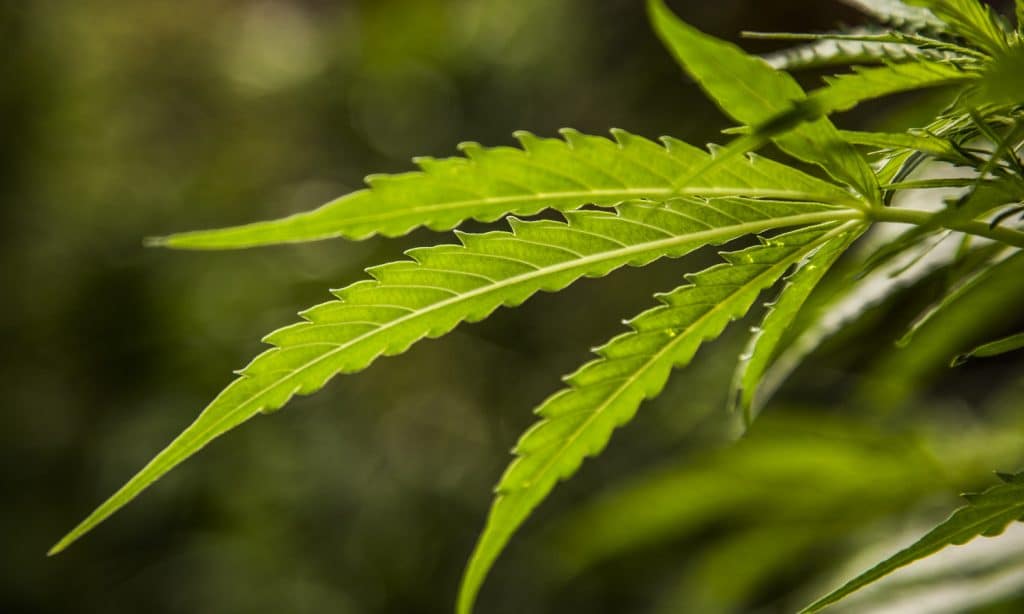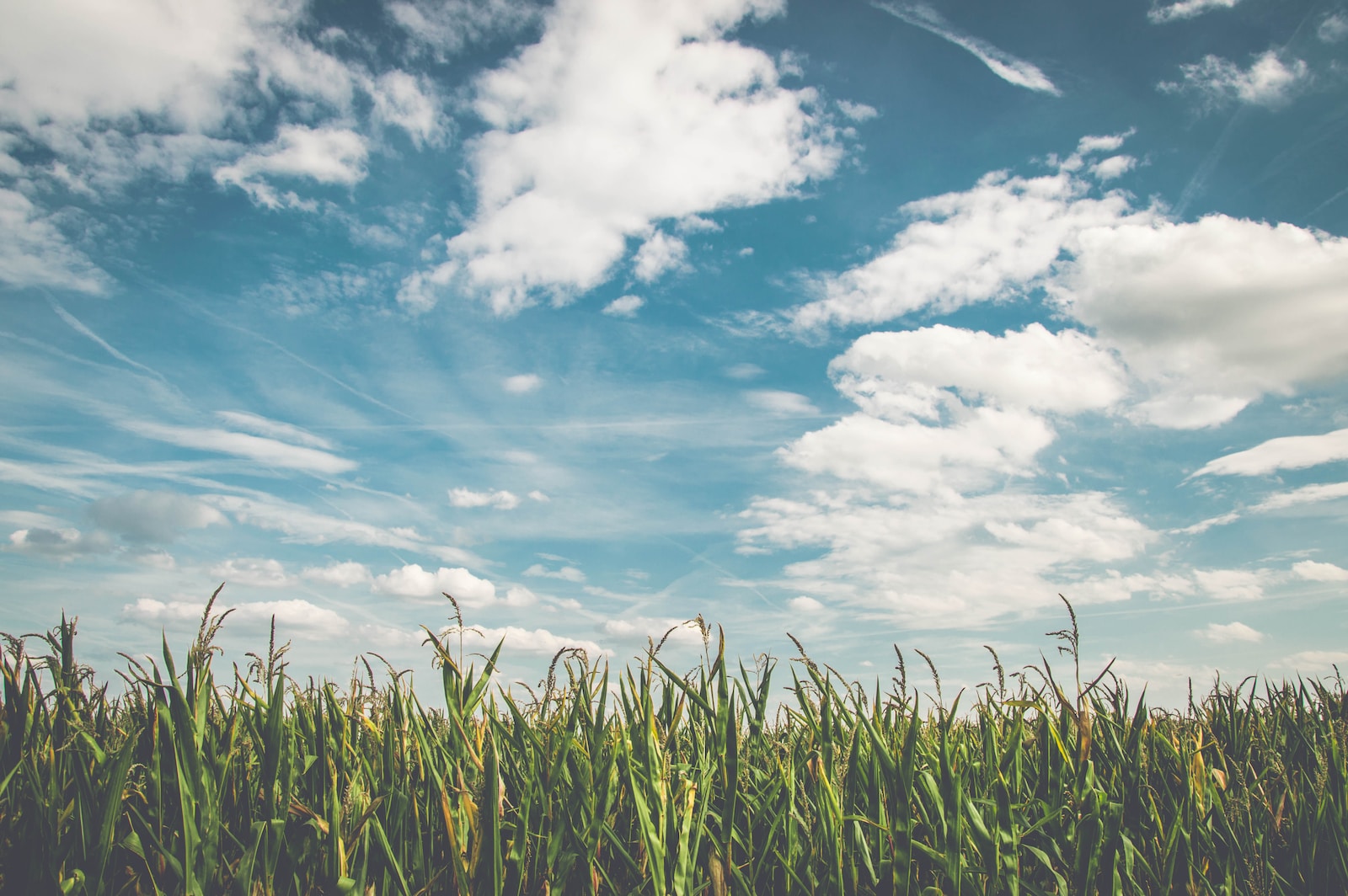The strong and uncomfortable side effects of THC, like paranoia and anxiety, are believed to be decreased when a strain also contains a healthy amount of CBD
Despite America’s slow but steady embrace of cannabis, there are still plenty of aspects about the plant that we don’t understand. One of the mysteries that inspires the most curiosity amongst researchers is how cannabis compounds interact with each other, producing different medicinal benefits and highs.
One of the most useful examples is that of THC. If you isolate pure THC and consume it, it’s not the same effect as when THC is consumed and allowed to mix with the other elements present in cannabis. The same case occurs with CBD and it’s a phenomenon known as the entourage or ensemble effect.
RELATED: The Effects Of Smoking Low-THC, High-CBD Cannabis
Although most data relies on anecdotes, it’s believed that THC and CBD have a strong relationship, with one tempering the other. The strong and uncomfortable side effects of THC, like paranoia and anxiety, are believed to be decreased when a strain also contains a healthy amount of CBD, leaving you with a high that’s mellow, manageable and pleasant.

While CBD and THC are the compounds believed to have most medicinal effects, until there’s more research on the other parts of the cannabis plant, we’ll never know which compound is responsible for marijuana’s medicinal benefits and which one produces the strongest results. Even the plant’s terpenes — the aromatic oils present in cannabis and in plenty of other plants — have been associated with medicinal benefits.
In an interview with Wired, Adie Wilson-Poe, a cannabis researcher at Washington University, said, “If you were to vaporize a whole flower, you’d be consuming potentially a couple dozen anti-inflammatory molecules at once. In this sense I think of whole-plant cannabis as like a multivitamin for inflammation.”
RELATED: What Is Marijuana’s Entourage Effect And Why Should You Care?
While this influx of potential therapeutic compounds is exciting, it’s also a little daunting. For us to exploit the depths of cannabis for medicinal and recreational purposes, the government needs to figure itself out; cannabis remains classified as a schedule I type of drug, limiting its use and preventing scientists from conducting the necessary research.
Once the entourage effect is explored in full, studies will be able to orient researchers and help them understand the different compounds in cannabis — specifically, which ones work together and which ones are best kept separate. Change is coming, just at a snail’s pace.


